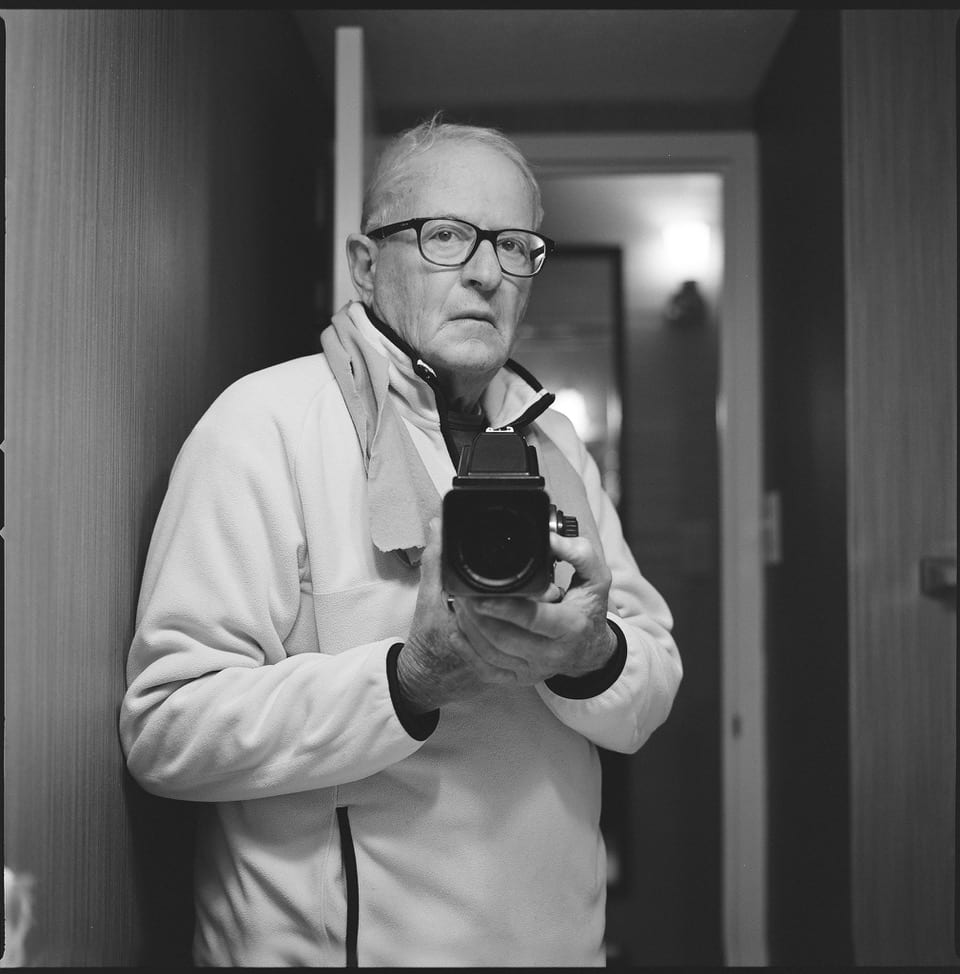Artist: 河鍋暁斎 Kawanabe Kyōsai (1831-1889)
Title: Nōga zushiki 能画図式
Date: 1867 (Keiō 3)
Medium: Full-color book print; ink and color on paper
Publisher: Kobayashi Bunshichi
Gift of Arthur Tress. Box 16, Item 16.
https://franklin.library.upenn.edu/catalog/FRANKLIN_9977502566803681
“Nōga zushiki” is a diagram illustration book of the Japanese Noh drama. Noh is a major traditional form of Japanese dance-drama developed in the 14th century. During the Edo Period, Noh was popular among the aristocrat class and was supported by the emperor and feudal lords. Compared to the popular dance-drama kabuki, Noh theater was reserved only for a small group of upper-class elites. This explains why Noh books like this one are much rarer to find compared to Kabuki books.
This book starts with a depiction of the play “Okina,” commonly recognized as the “Noh play yet isn’t.” It is traditionally considered as a sacred Shinto ritual in which the actors perform divine figures who dance for peace, prosperity, and safety across the land. During the Edo period, it was commonly performed at the start of a full day’s program. The first page of illustration ingeniously introduces the actor facing the left side, offering the men-bako (the mask box that contains masks used for performance) to start the play as the readers turn the pages. The next three pages then portray the ritual dance performance by Okina (the white-masked old man), Senzai (the young man), and Sanba-sō (the black-masked old man,) following the music of hand drums and Japanese flute performed in the background.
After the auspicious opening follows famous Noh plays including Takasago 高砂 (p. 9 – 11) written by Zeiami, Utsubozaru 靱猿 (p. ___), and so on. From each play, Tōiku selected scenes that capture the show and included famous scripts from the play, annotated with the roles on the upper left corners of the texts. The detailed and expressive facial depiction together with the dynamic and dramatic movement again demonstrates Tōiku’s superb talent.
Kawanabe Tōiku, later changed the name to the better known Kyōsai, was one of the most proliferates artists during the transition from the end of Edo to the early years of the Meiji Period. Studied for two years Ukiyo-e style painting under Utagawa Kuniyoshi, later received his artistic training from the Kano School, Kyōsai worked on an expansive range of subjects: this includes earlier works on Buddhism paintings, bird-and-flower paintings, and so on. He later on transitioned to work on print and book publication in the popular sphere and produced a large number of sketches, comic pictures, and albums.
Other copies of this book series:
Mitsui Memorial Museum, Tokyo
Selected Readings:
- Clark, Timothy. Demon of painting: the art of Kawanabe Kyōsai. Published for the Trustees of the British Museum by the British Museum Press, 1993.
- Hillier, Jack Ronald. The art of the Japanese book. London: Published for Sotheby’s Publications by Philip Wilson Publishers; New York, 1987.
- Shigeru Oikawa, Timothy Clark, and Matthi Forrer. Kyōsai no giga. Tōkyō Shimbun,
- 暁斎能画図式 KYOSAI NOGA ZUSHIKI (1985):Kyosai’s Pictures of Noh and Kyogen Plays
- Mitsui Museum Publication Catalog http://www.mitsui-museum.jp/publication/publication.html
- List of Famous Noh Plays: http://www.the-noh.com/en/plays/index.html
- Okina: http://www.the-noh.com/en/plays/data/program_067.html
- Noh Play and Japanese Prints https://www.artelino.com/articles/noh-plays.asp
Posted by Yuqi Zhao
March 25th, 2020





